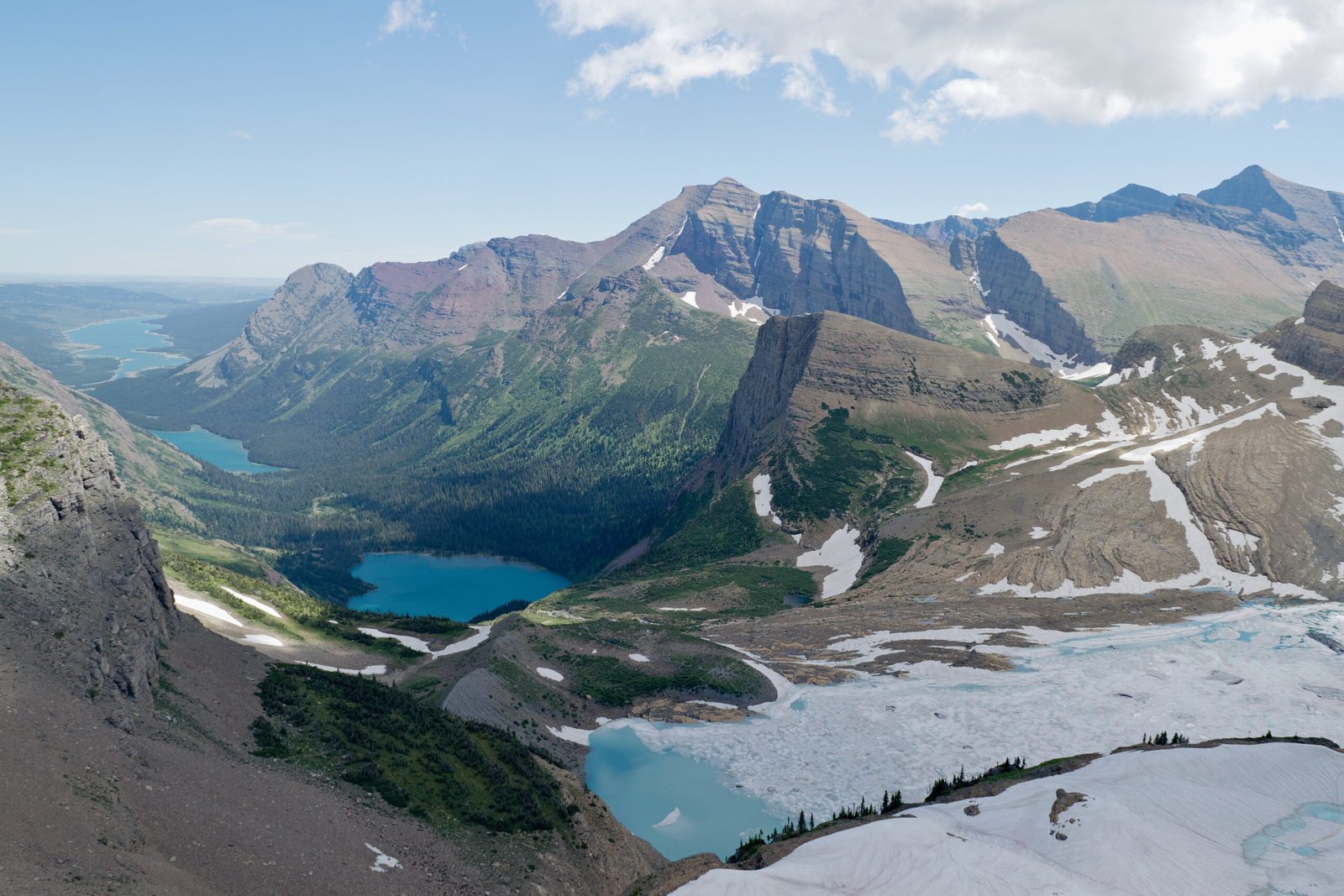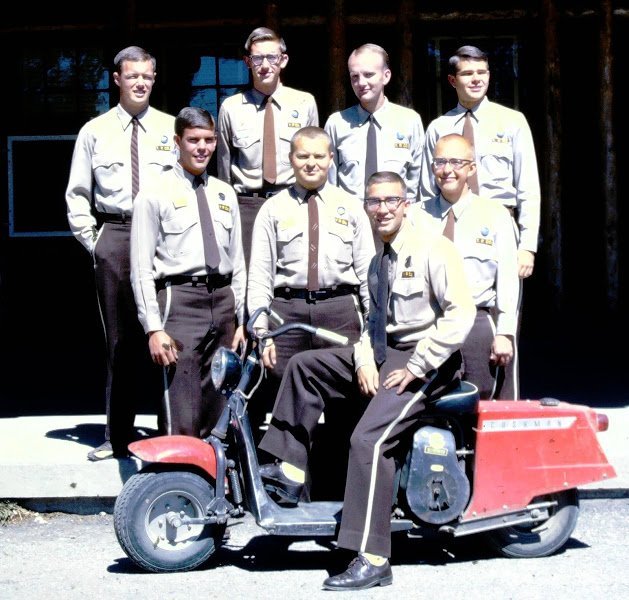Kokanee Glacier National Park camping offers a unique wilderness experience in British Columbia’s Selkirk Mountains. The park features rugged terrain, pristine alpine lakes, and diverse wildlife. Camping options include the Kaslo Lake Wilderness Campground and Alpine Club of Canada huts. Visitors can enjoy hiking trails, stunning glacier views, and serene natural surroundings. This guide provides essential information for planning a camping trip to Kokanee Glacier National Park.
What Are the Camping Options in Kokanee Glacier National Park?

Kokanee Glacier National Park offers two main camping options:
- Kaslo Lake Wilderness Campground
- 30 wilderness, walk-in campsites
- Accessible by an 8 km hike
- First-come, first-served basis
-
Equipped with pit toilets, food storage bins, and tent pads
-
Alpine Club of Canada Huts
- Kokanee Glacier Cabin
- Silver Spray Cabin
- Woodbury Cabin
- Reservations recommended, especially for Kokanee Glacier Cabin
How Can I Reserve a Campsite or Hut?

Reservation processes differ for campsites and huts:
- Kaslo Lake Wilderness Campground: No reservations required; first-come, first-served
- Alpine Club of Canada Huts: Reservations highly recommended
- Kokanee Glacier Cabin: Book up to a year in advance due to high demand
- Silver Spray and Woodbury Cabins: Reservations also recommended
Peak booking times are during summer months. For the best chance of securing a spot, especially at Kokanee Glacier Cabin, plan and book as early as possible.
What Essential Gear Should I Bring for Camping?
When camping in Kokanee Glacier National Park, pack the following essentials:
- Lightweight tent
- Sleeping bags and pads
- Cooking gear (stove, fuel, utensils)
- Water filtration system
- Weather-appropriate clothing
- First aid kit
- Bear spray
- Headlamp or flashlight
- Map and compass
For hut stays, less gear is required as basic amenities are provided.
How Should I Store Food and Handle Wildlife Encounters?
Proper food storage and wildlife awareness are crucial:
- Food Storage
- Use provided food storage bins at Kaslo Lake Wilderness Campground
-
Store all food and scented items in bins to avoid attracting wildlife
-
Wildlife Encounters
- No dogs allowed in the park
- Keep a clean campsite
- Make noise while hiking to avoid surprising animals
- Carry bear spray and know how to use it
What Are the Best Hiking Trails in Kokanee Glacier National Park?
Kokanee Glacier National Park offers several scenic hiking trails:
- Kokanee Lake Trail
- Difficulty: Moderate
-
Features: Subalpine views, jagged peaks, wildflower meadows
-
Slocan Chief Cabin Trail
- Length: 2.4 km return
- Elevation gain: 130m
- Estimated time: 1-2 hours
-
Features: Historical cabin, Kokanee Glacier views
-
Helen Deane Lakes Trail
- Length: 4.2 km return
- Elevation gain: 182m
- Estimated time: 2-3 hours
-
Features: Tree-lined lakes, Kokanee Glacier views
-
Toe of the Glacier Trail
- Length: 3 km return
- Elevation gain: 300m
- Estimated time: 2 hours
- Features: Close-up views of Kokanee Glacier
What Amenities Are Available at Campsites and Huts?
Amenities vary between wilderness campsites and huts:
| Amenity | Kaslo Lake Wilderness Campground | Kokanee Glacier Cabin |
|---|---|---|
| Restrooms | Pit toilets | Indoor flush toilets, shower stall |
| Water | No potable water (bring or treat) | Potable running water |
| Fire pits | Not permitted | Not permitted |
| Kitchen | None (bring own gear) | Fully equipped |
Are There Any Restrictions on Campsite Usage or Group Sizes?
While specific restrictions on group sizes are not mentioned, the wilderness nature of the park suggests smaller groups are more manageable. Campsite usage at Kaslo Lake Wilderness Campground is on a first-come, first-served basis, with no facilities provided beyond basic amenities.
Alpine Club of Canada huts have limited capacity and require reservations. The number of people allowed in each hut varies, so check specific hut information when booking.
What Is the Best Time to Visit Kokanee Glacier National Park for Camping?
The best time to visit Kokanee Glacier National Park for camping is during the summer months, typically from July to September. This period offers:
- Milder temperatures
- Less snow on trails
- Peak wildflower blooms
- Longer daylight hours for hiking and exploration
However, this is also the busiest time, so plan and book accommodations well in advance.
How Can I Minimize My Environmental Impact While Camping?
To preserve the pristine environment of Kokanee Glacier National Park:
- Follow Leave No Trace principles
- Pack out all trash
- Use designated toilets or practice proper waste burial
- Stay on marked trails to prevent erosion
- Respect wildlife and maintain a safe distance
- Use biodegradable soap for washing
- Avoid picking flowers or disturbing natural features
By following these guidelines, you’ll help protect the park for future generations of campers and hikers.
References:
1. Backwoods Mama – Hiking and Camping with Kids at Kokanee Glacier Provincial Park, BC
2. Campnab – Kokanee Glacier Provincial Park Camping
3. Off Track Travel – Kokanee Glacier Provincial Park, BC: Hiking and Camping Guide